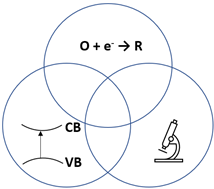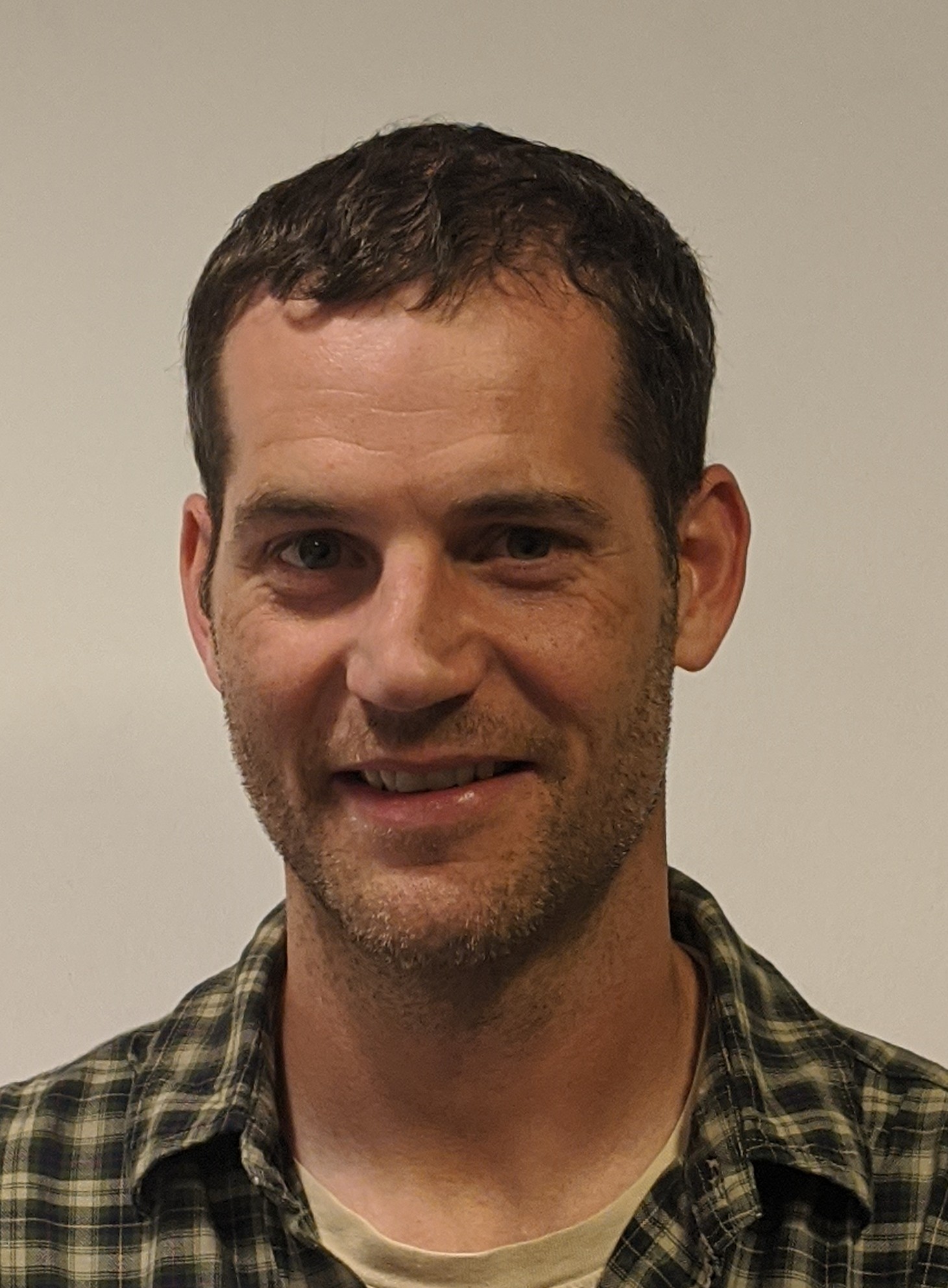Literature Seminar –
Over the past 20 years, 2-dimensional (2D) material research exploded after the discovery of a simple and effective graphene preparation technique (so-called ‘Scotch tape method’). Mere van der Waals forces hold together the stacked layers of the atomically thin 2D material. Beyond graphene, there are other 2D semiconducting materials with promising new applications for energy conversion, electronics, and catalysis. Understanding the semiconductor’s “band gap” is essential in making use of its electronic properties. MoS2 is a well-studied archetype of 2D semiconducting materials with favorable electronic, physical, and chemical properties.
MoS2 behavior varies significantly from the bulk down to monolayer size; this allows for thickness-dependent tunability. Stacking layers of different 2D materials or introducing liquid at the surface also changes its electronic properties. Combining modern techniques, Du et. al. investigated physical and electronic properties of few-layer MoS2.1 The simultaneous in situ measurements with Atomic Force Microscopy (AFM) and Scanning Electrochemical Microscopy (SECM) map the thickness (i.e. layer number) of MoS2 nanoflakes and provide information of electron transfer at the surface. Finally, the thickness-dependent band energy levels are proposed at the semiconductor-liquid interface. These studies focus on spatially mapping electronic properties of 2D semiconductors using electrochemistry and microscopy.

1 Du, H.-Y.; Huang, Y.-F.; Wong, D.; Tseng, M.-F.; Lee, Y.-H.; Wang, C.-H.; Lin, C.-L.; Hoffmann, G.; Chen, K.-H.; Chen, L.-C. Nanoscale Redox Mapping at the MoS2-Liquid Interface. Nat Commun 2021, 12 (1), 1321. https://doi.org/10.1038/s41467-021-21660-z.



